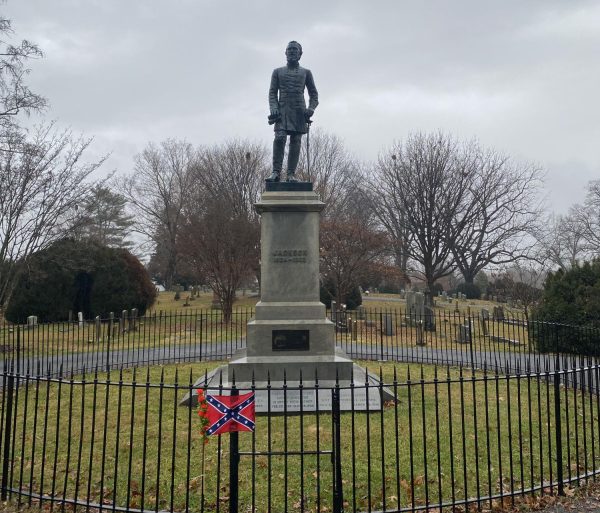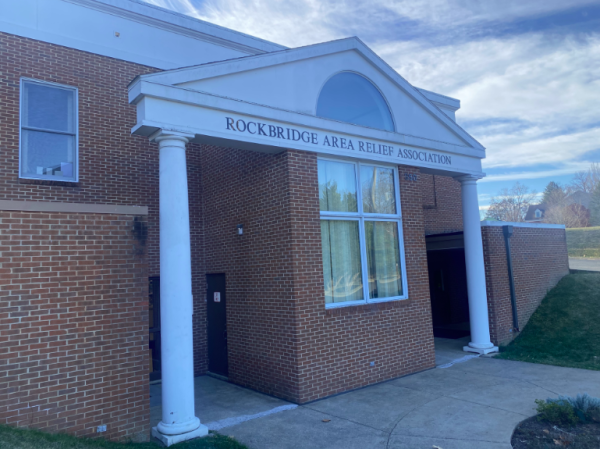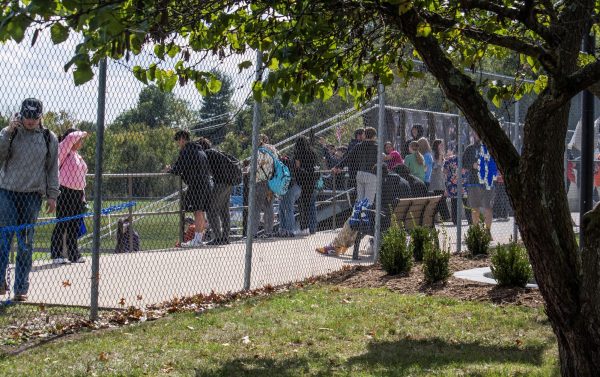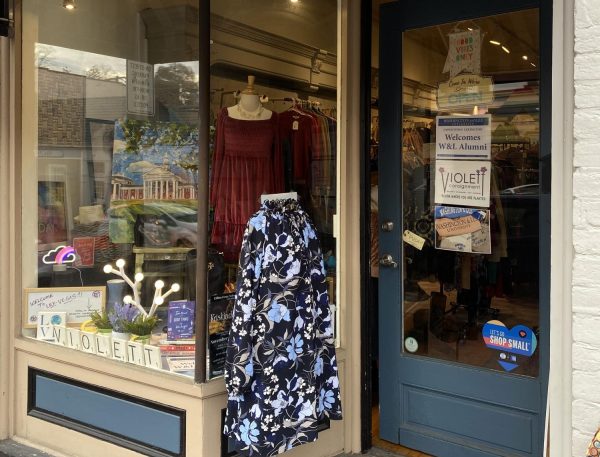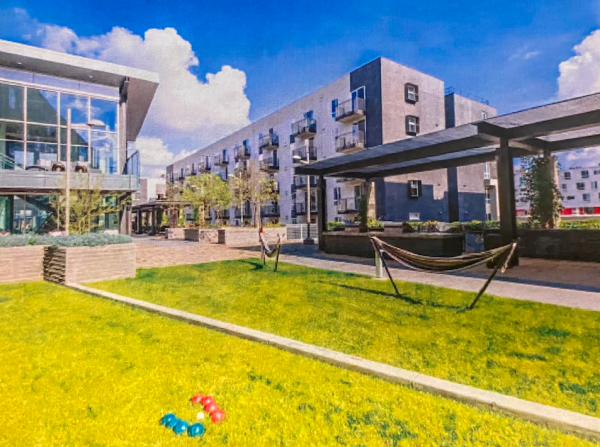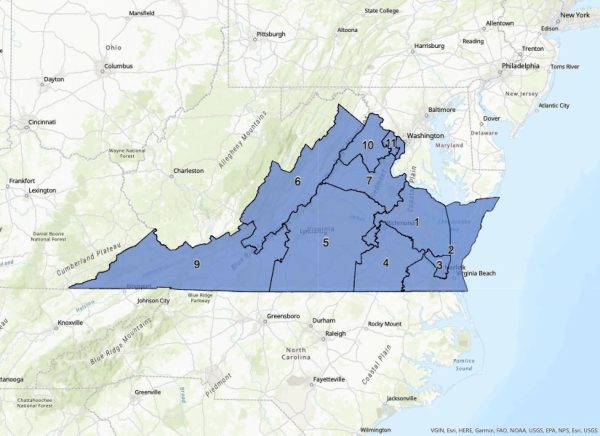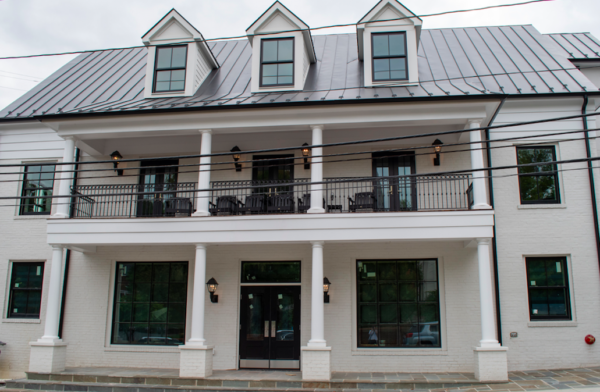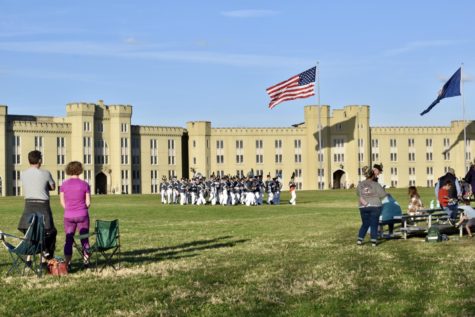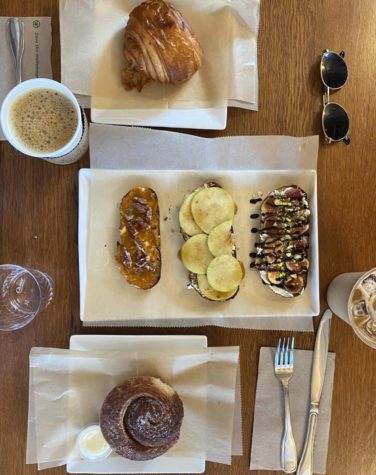Mental health and addiction issues climbing in Lexington
The pandemic has drawn attention away from skyrocketing mental health problems and overdose deaths in Lexington and other rural communities
April 12, 2022
Life in Lexington has its advantages: the Blue Ridge Mountains outside your window, the tight-knit community and the soft bustle of Main Street on a Friday night. But beneath the blissful façade are deep-rooted issues with rural healthcare and access to resources.
Many factors contribute to inequality between urban and rural health outcomes, including lower rates of education, higher rates of addiction, lack of transportation and poverty. The Virginia Rural Health Plan 2022-2026 details necessary steps and current solutions to help close the healthcare gap.
News coverage has also neglected the urban-rural healthcare divide amid the pandemic. In April 2020, every national news channel focused on urban hotspots. Meanwhile, rural counties continued to face the disparities they felt prior to 2020 with the added pressures of handling a pandemic.
According to the Virginia Rural Health Plan, only about 17% of adults in rural Virginia have a bachelor’s degree or higher compared to 38% in non-rural Virginia, increasing poverty and gaps in medical care.
Project Lead the Way strives to advance education and increase interest in engineering and biomedical sciences at 30 different school districts in Virginia. Preliminary results show success in inspiring students for future careers, encouraging higher education and in turn creating better health outcomes.
Solutions to other sources of health inequality prove more difficult to tackle. According to the Virginia Department of Health, mental health problems in Lexington City have been rapidly increasing.
While most counties and cities in Virginia have stayed relatively constant, Lexington jumped from 11.9% of the population reporting poor mental health in 2015 to 25.1% in 2019. The statewide average in 2019 was just under 11%.
Lexington recorded the highest percentage of poor mental health in all of Virginia in 2019.
Annie Robinson, a social worker at the Washington and Lee University Counseling Center, said the age of Lexington’s non-student population may have contributed to the rise in mental health issues.
“One thought is that outside of the W&L student population, there is an overall older population,” Robinson said. “And with aging, sometimes there are higher reported levels of depression and anxiety due to challenges with aging, chronic pain and multiple medical conditions, caretaker stress, social isolation, loss and bereavement, et cetera.”
Robinson added that the student population likely also contributes to the spike in poor mental health.
“If your numbers include the W&L population, then that statistic goes hand in hand with the higher reports of poor mental health among students,” she said.
Robinson also said that the rural location of Lexington creates another barrier to care.
Many individuals will drive to Roanoke, Staunton or Fishersville for mental health services, creating additional burdens and taking extra time, she said.
Robinson said that while telehealth can be a great tool for mental health resources, it is limited by gaps in internet access in rural areas.
Poor mental health and addiction usually pair together, especially in rural communities, said Brittany Hailer, a Pittsburgh-based journalist who covers the opioid crisis and addiction.
Hailer spoke during a creative writing class at Washington and Lee March 31. She said that the opioid crisis is getting much worse in the United States, especially during the pandemic.
For the last two years, COVID-19 death tolls have flooded the airwaves. Hailer said that constant exposure to death counts has caused Americans to be “inundated with loss and desensitized to death” throughout the pandemic.
The urgency of the pandemic, meanwhile, has removed attention and resources from the rise in addiction-related deaths, which Hailer characterized as an “epidemic.”
“It’s hard to combat an epidemic when you are facing a pandemic,” she said.
In Lexington alone, overdose deaths per 10,000 residents have more than doubled in the last six years, climbing from 9.66 in 2015 to 19.57 in 2021, according to the Virginia Department of Health.
Addiction resources can be found via the Carilion Clinic HOPE Initiative’s website, at little to no cost for uninsured individuals.



